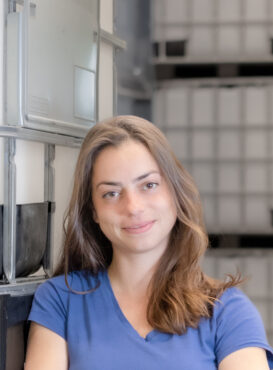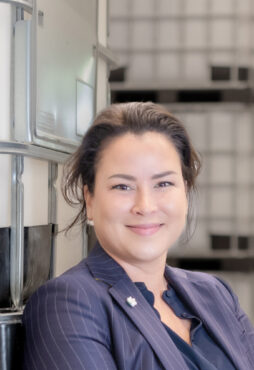Organic acids kill Salmonella
A Salmonella infection, especially with Salmonella Enteritidis (S.E.), can cause severe symptoms of illness and even death in very young chicks. Older birds often remain symptomless after infection. The main reason for controlling Salmonella in poultry is the disease that the bacteria cause in humans.
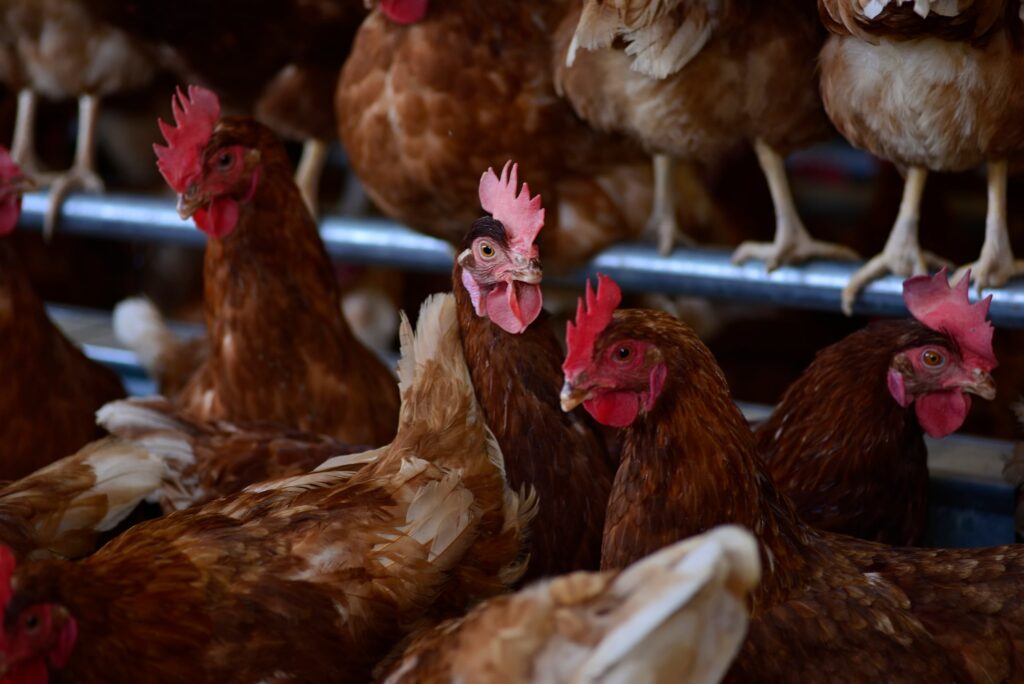
Good hygiene is important for healthy chickens
Infection with S.E. can lead to serious symptoms of illness and death in young chickens. Inflammations of organs and joints occur. In these cases, the loss of life can reach 10% in the first week. Other factors are often present in older flocks, such as infections with other pathogens, stress and climate problems. Salmonella can cause symptoms such as nausea, diarrhea and fever in humans after consumption of insufficiently heated eggs or meat.
How to recognise Salmonella problems in the farm house
After arrival, young broilers and laying chicks are susceptible to infections. When hygiene is poor, the Salmonella still present can easily contaminate young chicks. Infected birds can develop serious symptoms such as inflamed organs and joints. This causes mortality and high medicine costs. Often the chicks are infected at a later age and do not show any symptoms, the veterinarian only discovers this during the control round in week 3 or 4.
Increased Salmonella pressure leads to poor growth
Contamination with Salmonella occurs through contact with Salmonella infected animals or materials, especially manure. However, birds, visitors and insects such as flies, may also bring Salmonella into a farm. The disease spreads through the barn via the manure of infected chickens. A good hygiene is therefore very important.
Damage in clinical cases occurs through higher feed conversion, mortality, growth reduction, the costs of medicines and other treatments and the extra labour involved. In addition, humans can also become infected by Salmonella. If the contamination level is too high, the slaughterhouse will intervene. You get less for your chicks and measures must be taken.
Kanters has a Salmonella prevention plan
By using the Kanters Salmonella Checklist you determine together with us and your veterinarian how the Salmonella infection entered your farm.
This can be via purchase of animals, via drinking water, via feed or via the environment.
Remove any feed residue, dust, dirt and manure from the barn. Exterminate pests such as rats, mice and flies. In order to prevent cross-contamination, ensure that clean and disinfected footwear and clean working clothing are used in the various stables.
Use Aqua-clean to thoroughly clean the drinking lines. Aqua-clean has a long and powerful effect that removes the biofilm in the water system.
The fourth step consists of thoroughly cleaning the barn. You soak the stable with Multifoam Alkaline and remove the coarse dirt and grease. The barn should then be disinfected using a disinfectant.
During the fifth and final step, you add organic acids to the drinking water. These reduce the pH value which helps to reduce the growth of bacteria.
Referenties


Tailored solutions for you as a poultry farmer
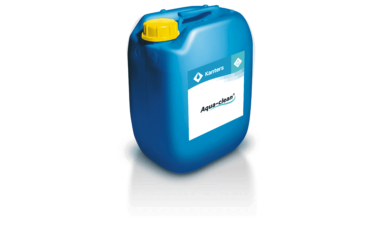
Aqua-clean®
Powerful disinfectant for a hygienic clean result
- Removal of pollution and biofilm in drinking systems
- Optimal effect of medication, vaccines and additives
- through clean drinking systems
- Lower corrosivity than other disinfectants
- Environment friendly: dissolves in water and oxygen
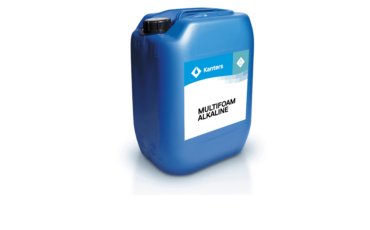
Multifoam Alkaline
Alkaline foam cleaner for the cleanest surfaces
- Strong adhesion on vertical and smooth surfaces
- Very effective against dirt and grease
- Penetrates deeply into pollution
- Easy to use
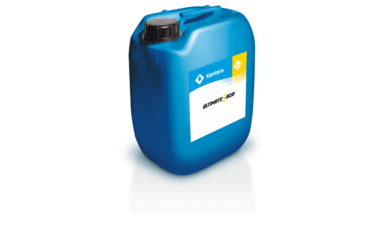
Ultimate Acid
Effective digestion
- Supports natural gastric barrier
- Assists in better FCR by supporting digestion and utilization of nutrients
- Supports intestinal flora and gut function
- Stimulates the young animal in body development
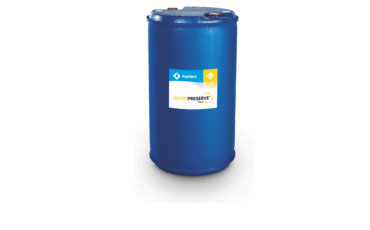
Nutripreserve® Feed
Maximum yield from dry raw materials
- Can be used in Salmonella and E. coli control programs
- Preserves the quality of raw materials
- Supports the natural gastric barrier
- Easy to apply by spraying on the feeding line
The solution for a salmonella-free stable
Whether it is about water hygiene, organic acids, feed supplements, chickpaper or feed preservation, we are happy to be of service. You can order our products easily by filling in the order form or by contacting us directly. We are also happy to help if you have any questions, need advice or more information.




